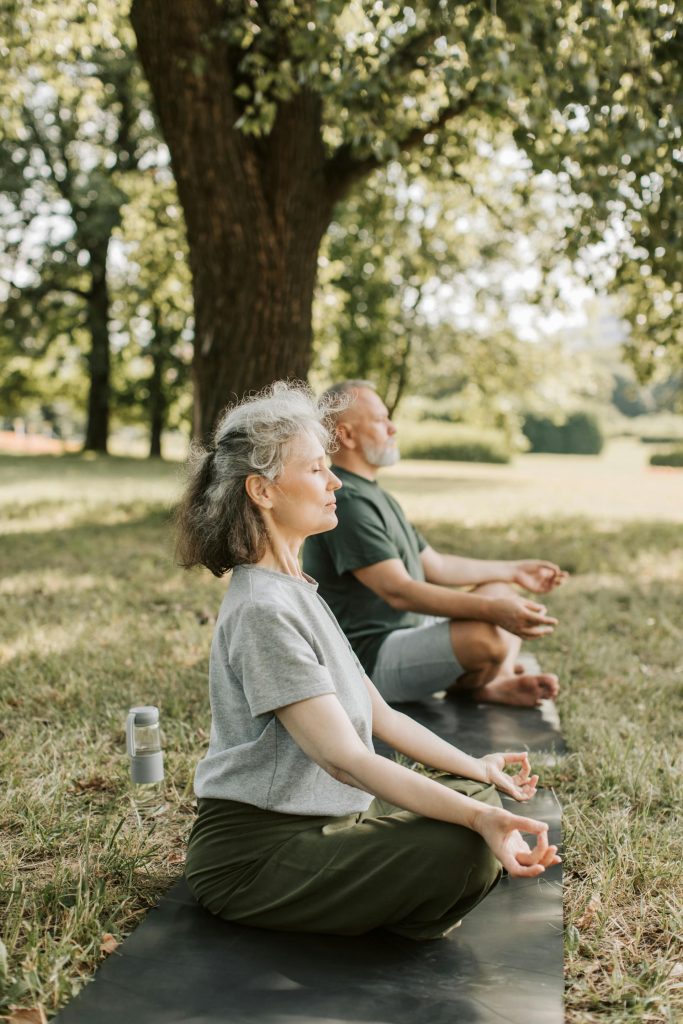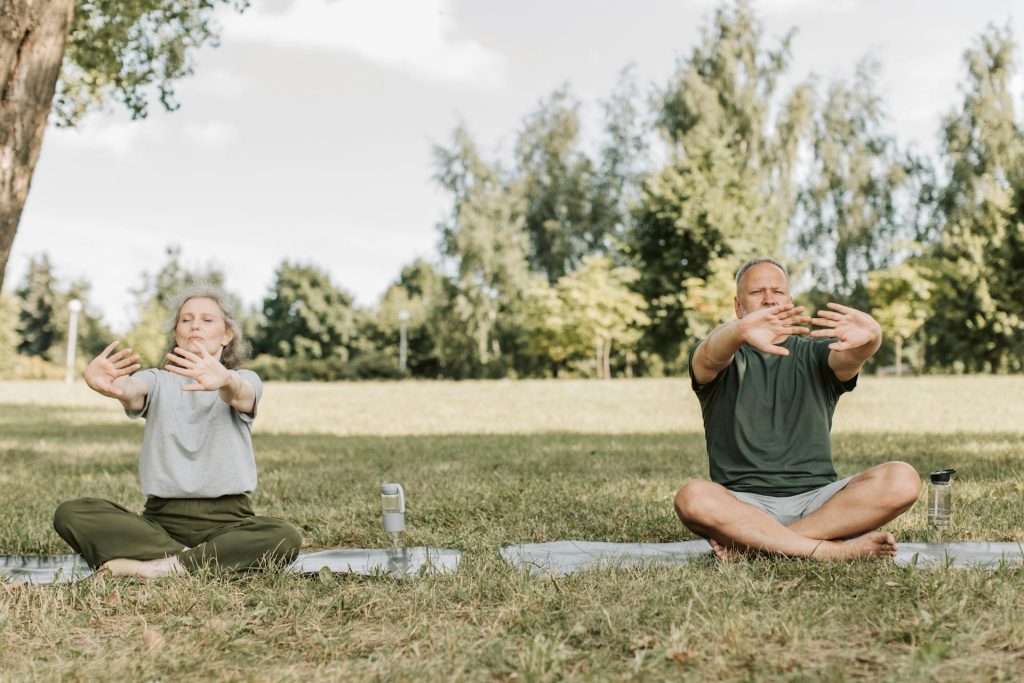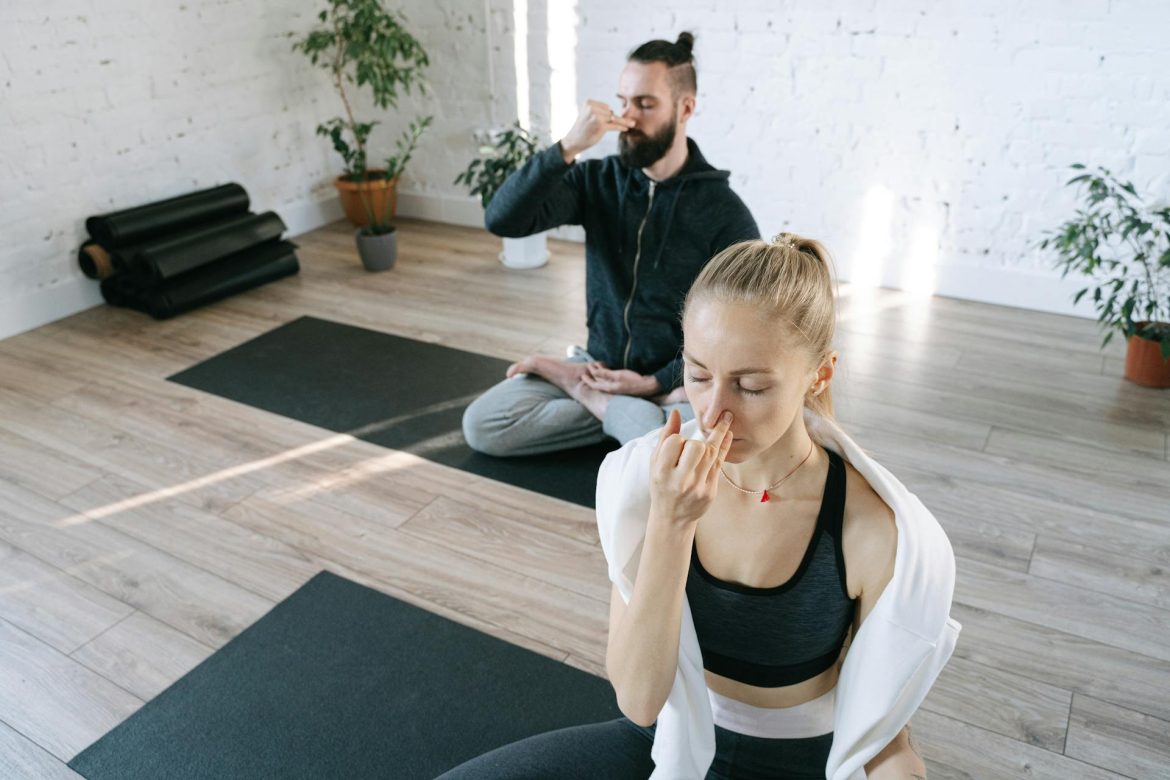Breathing exercises, also known as pranayama in yoga, are intentional practices that involve regulating the breath to improve physical and mental health. These exercises harness the power of controlled breathing to promote relaxation, reduce stress, and support overall well-being. This article explores the benefits of breathing exercises, various techniques, and practical ways to incorporate them into your daily routine.

Understanding Breathing Exercises
Breathing exercises involve consciously altering your breathing patterns to achieve specific health benefits. These exercises are rooted in ancient practices such as yoga and meditation, where breath control is used to enhance physical, mental, and spiritual well-being. Modern research supports the efficacy of breathing exercises in managing stress, improving focus, and promoting relaxation.
Benefits of Breathing Exercises
- Stress Reduction: Controlled breathing activates the parasympathetic nervous system, which helps counteract the stress response and promote relaxation. Regular practice of breathing exercises can lower cortisol levels and reduce feelings of anxiety.
- Improved Mental Clarity: Breathing exercises can enhance mental clarity and focus by increasing oxygen flow to the brain. This can lead to improved concentration, decision-making, and cognitive function.
- Enhanced Emotional Regulation: By focusing on the breath, individuals can gain better control over their emotions. Breathing exercises can help manage symptoms of anxiety and depression, leading to a more balanced emotional state.
- Better Sleep Quality: Practicing breathing exercises before bedtime can help calm the mind and prepare the body for restful sleep. Techniques that promote relaxation can reduce insomnia and improve overall sleep quality.
- Increased Lung Capacity: Breathing exercises can strengthen the respiratory muscles and improve lung function. Enhanced lung capacity can lead to better oxygenation of the body and increased physical endurance.
- Lower Blood Pressure: Regular practice of breathing exercises has been linked to lower blood pressure. The relaxation response triggered by controlled breathing helps reduce the strain on the cardiovascular system.
- Pain Management: Breathing exercises can aid in pain management by promoting relaxation and reducing muscle tension. They can be a complementary approach to traditional pain relief methods.

Popular Breathing Techniques
- Diaphragmatic Breathing (Belly Breathing): This technique involves breathing deeply into the diaphragm rather than shallowly into the chest. It encourages full oxygen exchange and activates the parasympathetic nervous system.How to Practice:
- Sit or lie down comfortably with one hand on your chest and the other on your abdomen.
- Inhale deeply through your nose, allowing your abdomen to rise while keeping your chest relatively still.
- Exhale slowly through your mouth, feeling your abdomen fall.
- Continue for several minutes, focusing on deep, slow breaths.
- Box Breathing: Box breathing involves inhaling, holding the breath, exhaling, and holding again, each for a count of four. This technique promotes relaxation and mental clarity.How to Practice:
- Inhale through your nose for a count of four.
- Hold your breath for a count of four.
- Exhale slowly through your mouth for a count of four.
- Hold your breath again for a count of four.
- Repeat the cycle for several minutes.
- 4-7-8 Breathing: This technique involves inhaling for a count of four, holding the breath for a count of seven, and exhaling for a count of eight. It is particularly useful for relaxation and sleep.How to Practice:
- Inhale quietly through your nose for a count of four.
- Hold your breath for a count of seven.
- Exhale completely and audibly through your mouth for a count of eight.
- Repeat the cycle for four times.
- Alternate Nostril Breathing (Nadi Shodhana): This yoga technique involves alternating the breath between nostrils to balance the body’s energy and promote mental calmness.How to Practice:
- Sit comfortably with your spine straight.
- Use your right thumb to close off your right nostril.
- Inhale deeply through your left nostril.
- Close your left nostril with your right ring finger and release your right nostril.
- Exhale through your right nostril.
- Inhale through your right nostril.
- Close your right nostril and exhale through your left nostril.
- Repeat the cycle for several minutes.
- Pursed Lip Breathing: This technique helps control breathing and improve oxygen exchange, particularly useful for individuals with respiratory conditions.How to Practice:
- Inhale slowly through your nose for a count of two.
- Purse your lips as if you are going to whistle.
- Exhale slowly and evenly through your pursed lips for a count of four.
- Continue for several minutes, focusing on controlled exhalation.
Incorporating Breathing Exercises into Daily Life
- Create a Routine: Set aside specific times each day to practice breathing exercises. Consistency can enhance the benefits and make breathing exercises a natural part of your routine.
- Combine with Other Practices: Integrate breathing exercises with other relaxation techniques such as meditation, yoga, or stretching to amplify the benefits.
- Use Technology: Utilize apps or online resources that offer guided breathing exercises and relaxation techniques to support your practice.
- Practice During Stressful Moments: Use breathing exercises as a tool to manage stress in real-time. Whenever you feel overwhelmed, take a few moments to focus on your breath.
- Engage in Group Practices: Join a class or group focused on breathing exercises or mindfulness to gain support and motivation from others.

Conclusion
Breathing exercises offer a simple yet powerful way to enhance overall health and well-being. By incorporating various breathing techniques into your daily routine, you can reduce stress, improve mental clarity, and support physical health. Embrace the transformative power of your breath and experience the profound benefits of mindful breathing. Whether you seek relaxation, emotional balance, or improved lung capacity, breathing exercises can serve as a valuable tool for achieving a healthier, more balanced life.


